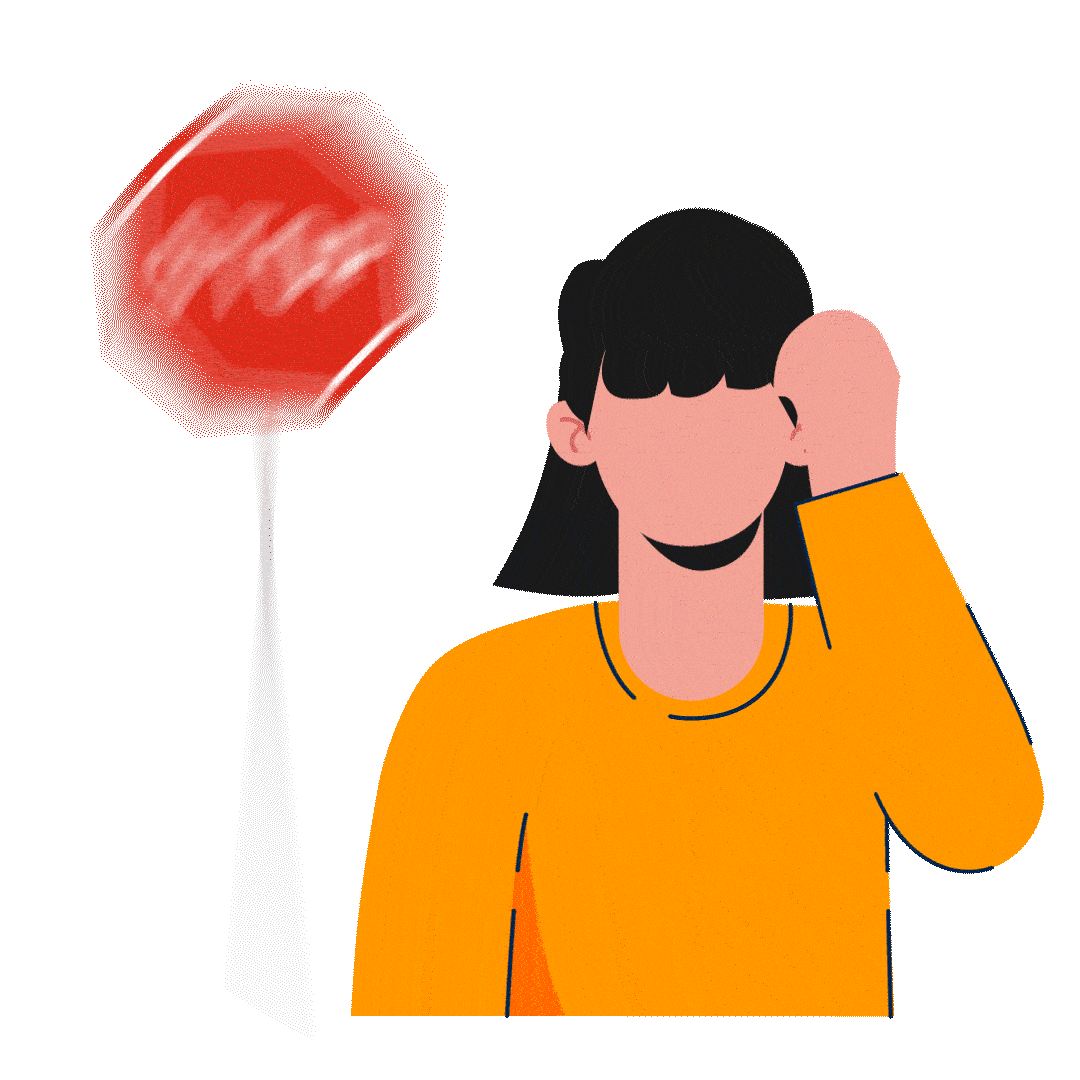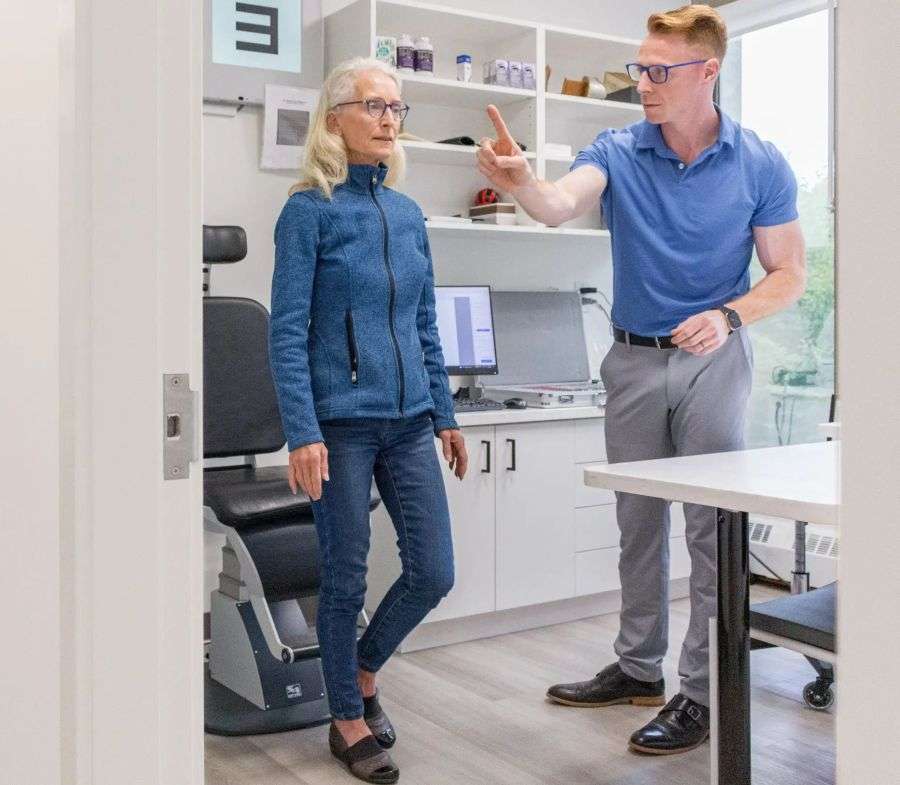Binocular Vision Dysfunction (BVD)

Signs of Binocular Vision Dysfunction
With BVD, the eye muscles and the brain will strain to correct the misalignment. This effort to see a single, clear image often results in:
- Headaches
- Dizziness
- Nausea
- Seeing double
- Neck pain
- Reading Disabilities (including dyslexia)
- Attention Deficit Disorder Symptoms (ADHD)
- Difficulty with depth perception
- Anxiety
- Tension
- Blurry vision
- Imbalance
BVD affects people of all ages. It can hinder an adult’s performance at work, making reading and other vision-centered tasks, such as driving, a chore. Diagnosing and treating children with BVD early on will allow children to see and read comfortably and meet the demands of school and sports.
Binocular Parallax
Monocular Movement Parallax
Retinal Image Size
Linear Perspective
Texture Gradient
Overlapping
Aerial Perspective
Shades and Shadows

Enhancing Binocular Vision
In most cases, the information needed to accurately perceive an environment is available but has not been properly assimilated by the binocular vision system.
However, through neuro visual training it is possible to hone these binocular processing activities in order to improve spacial judgment, sports performance, and skills useful for navigating everyday life.
How We Help with Binocular Vision Dysfunction
If you or a loved one is experiencing symptoms of Binocular Vision Dysfunction, contact us for a consultation. Even if you’ve been told that the issues are due to stress, developmental delays, or will improve over time, having a functional visual evaluation can help identify vision problems as a root cause or contributing factor.
Not every optometrist is trained in addressing Binocular Vision Dysfunction through vision therapy. At Opto-Mization, we specialize in this field and use the latest technology to provide comprehensive care. Our expertise ensures that we can effectively assess and treat Binocular Vision Dysfunction, helping to improve visual function and overall quality of life.
Schedule a consultation with us today to explore how our customized vision therapy can support you or your loved one in overcoming Binocular Vision Dysfunction.
How Long Does Treatment Take?
No two patients are alike—each person experiences Binocular Vision Dysfunction uniquely. Some individuals may require just a few weeks of vision therapy, while others may need more long-term treatment. The good news is that the improvements achieved through our vision therapy program are generally long-lasting, helping to significantly enhance overall visual function and quality of life.